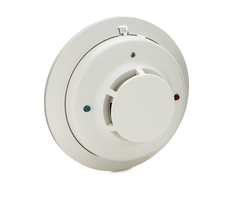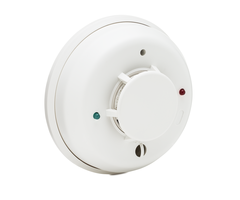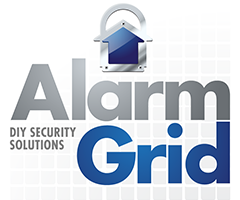2-Wire Heat Detectors




There are certain instances when it is better to use standalone heat detectors than smoke detectors. Although smoke detectors will respond more quickly to a fire, setting up a smoke detector in certain location could result in false alarms. This includes location with excessive dust or moisture that could cause a smoke detector to activate. Standalone heat sensors might also be used in rooms where smoke may occasionally be present. Some popular locations for heat detectors include bathrooms, garages, attics and kitchens.
Most users will only use hardwired heat detectors if they have a hardwired system. If a user has a wireless system, then it is usually easier and more practical to use wireless heat detectors. Alarm Grid also sells these devices on its website. But for wired systems, hardwired heat sensors might be the only option. This is especially true if the hardwired system does not have an added wireless receiver. But the thing to remember is that wires will need to be run across the building. Some DIY users might have trouble with this step. You can use 2-wire heat detectors at any hardwired zone, but you will generally want to avoid using them at the designated 2-wire smoke zone.
One important thing to keep in mind is that 2-wire heat detectors are usually one-and-done devices. Once a 2-wire heat detector has been activated you will need to safely dispose of the device and replace it with a new one. The good news is that you do not need any special equipment like relays with a 2-wire heat detector. Additionally, since these devices do not draw any power, you will not need to use an external power supply with a 2-wire heat detector. This makes these devices fairly simple to use. However, you will still want to use an end of line resistor (EOLR) at your 2-wire heat zone in case someone tampers the sensor.
Remember that your home most likely already has high-voltage smoke detectors that are wired-in with a 110-volt electrical network. These smoke detectors cannot integrate directly with alarm systems. However, you can integrate them indirectly with a takeover listening device. For this to work, the smoke detector will need to have a temporal 3 sounder that can activate the module. The module will then communicate with the panel wirelessly on its behalf. An example of a takeover listening module is the Encore FireFighter FF345.
If you decide to integrate high-voltage smokes in with your system using a listening module, just make sure that the listening module you choose communicates at a frequency that is compatible with your system. Again, do not confuse these with high-voltage smoke detectors with 2-wire heat detectors. They are completely different devices. However, these devices are still important fire-safety devices even if they cannot integrate directly with alarm systems.







